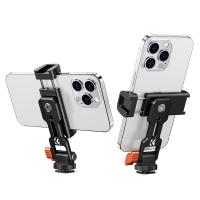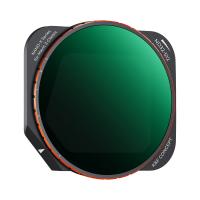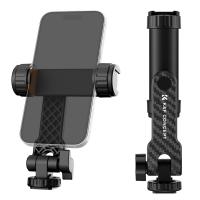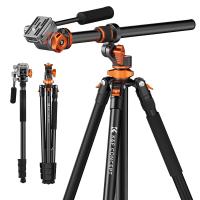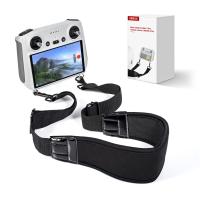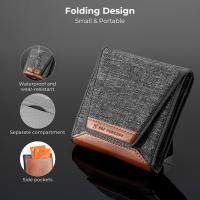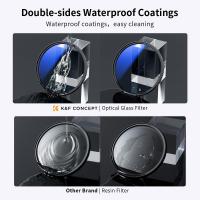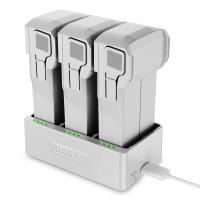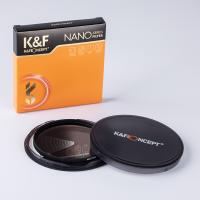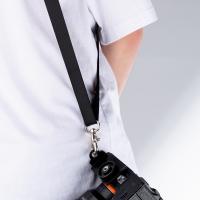Are Ear Cleaning Endoscopes Safe ?
Ear cleaning endoscopes are generally considered safe when used properly and by trained professionals. These devices are designed to provide a visual examination of the ear canal and facilitate the removal of earwax or other debris. However, it is important to note that any medical procedure or device carries some level of risk. Potential risks associated with ear cleaning endoscopes include injury to the ear canal or eardrum if not used correctly, infection if the equipment is not properly sterilized, or discomfort during the procedure. It is crucial to follow the manufacturer's instructions and seek professional guidance to ensure safe and effective use of ear cleaning endoscopes.
1、 "Overview of Ear Cleaning Endoscopes: Safety Considerations"
"Overview of Ear Cleaning Endoscopes: Safety Considerations"
Ear cleaning endoscopes are medical devices used by healthcare professionals to visualize and clean the ear canal. They consist of a thin, flexible tube with a light and camera at the tip, allowing for a detailed examination of the ear.
When used correctly by trained professionals, ear cleaning endoscopes are generally considered safe. They provide a non-invasive and effective method for diagnosing and treating various ear conditions, such as impacted earwax, foreign objects, or infections. The use of endoscopes can minimize the need for more invasive procedures, such as ear syringing or manual removal.
However, it is important to note that improper use or mishandling of ear cleaning endoscopes can pose risks. If not used by trained professionals, there is a potential for injury to the delicate structures of the ear, such as the eardrum or ear canal. In addition, inadequate sterilization of the endoscope can lead to the transmission of infections.
To ensure safety, healthcare professionals must follow strict protocols for the use and maintenance of ear cleaning endoscopes. This includes proper cleaning and disinfection procedures, as well as regular maintenance and calibration of the equipment. It is also crucial to use appropriate personal protective equipment to prevent cross-contamination.
The latest point of view emphasizes the importance of using disposable sheaths or covers for the endoscope to further reduce the risk of infection transmission. These disposable covers can be easily discarded after each use, ensuring a higher level of hygiene.
In conclusion, ear cleaning endoscopes are generally safe when used by trained professionals following proper protocols. However, it is essential to prioritize safety measures, including regular maintenance, sterilization, and the use of disposable covers, to minimize the risk of complications and ensure patient safety.
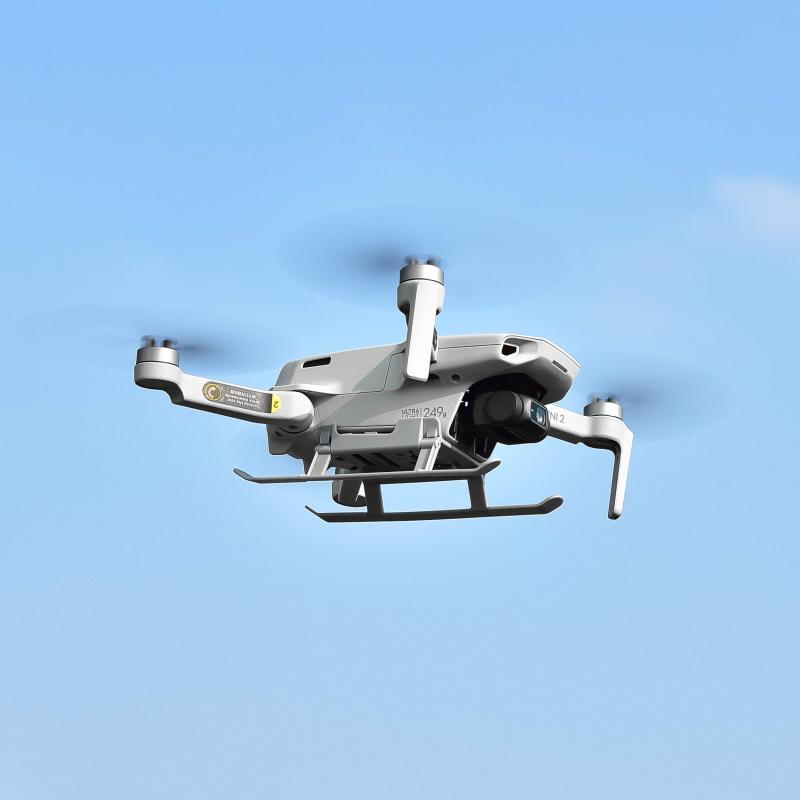
2、 "Potential Risks Associated with Ear Cleaning Endoscopes"
Ear cleaning endoscopes, also known as otoscopes or ear cameras, are commonly used by healthcare professionals to examine and clean the ear canal. These devices have become increasingly popular due to their ability to provide a clear view of the ear and facilitate safe and effective cleaning procedures. However, it is important to be aware of the potential risks associated with their use.
One of the main concerns with ear cleaning endoscopes is the risk of injury to the delicate structures of the ear. If not used properly, these devices can cause damage to the eardrum, ear canal, or other sensitive tissues. It is crucial that individuals using ear cleaning endoscopes receive proper training and follow guidelines to minimize the risk of injury.
Another potential risk is the introduction of infection. If the endoscope is not properly cleaned and sterilized between uses, it can harbor bacteria or other pathogens that can be transferred to the ear. This can lead to ear infections or other complications. Therefore, it is essential to ensure that the endoscope is thoroughly cleaned and disinfected according to the manufacturer's instructions.
Additionally, there is a risk of discomfort or pain during the ear cleaning procedure. Some individuals may experience sensitivity or irritation when the endoscope is inserted into the ear canal. It is important for healthcare professionals to be gentle and cautious when using these devices to minimize any discomfort for the patient.
In conclusion, while ear cleaning endoscopes can be a valuable tool for examining and cleaning the ear, there are potential risks associated with their use. It is crucial to use these devices properly, receive appropriate training, and ensure thorough cleaning and disinfection to minimize the risk of injury or infection. The latest point of view emphasizes the importance of following guidelines and best practices to ensure the safe and effective use of ear cleaning endoscopes.
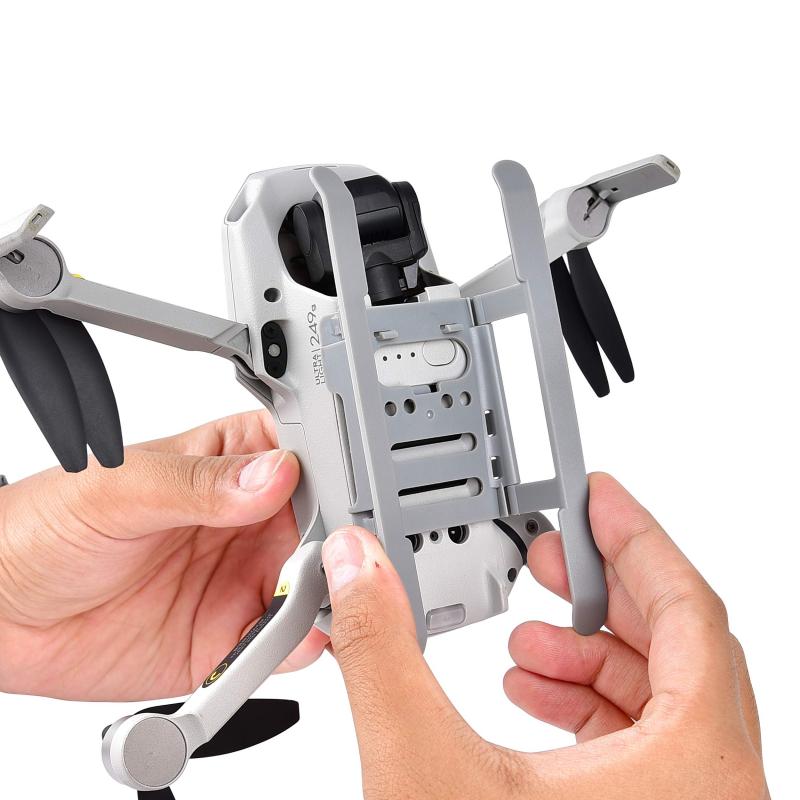
3、 "Latest Safety Guidelines for Ear Cleaning Endoscopes"
"Latest Safety Guidelines for Ear Cleaning Endoscopes"
Ear cleaning endoscopes have become increasingly popular in recent years as a tool for removing earwax and examining the ear canal. However, concerns have been raised about their safety and potential risks. It is important to understand the latest safety guidelines to ensure the safe use of these devices.
According to the latest safety guidelines, ear cleaning endoscopes can be safe when used correctly and by trained professionals. These guidelines emphasize the importance of proper training and education for healthcare providers who use these devices. It is crucial for healthcare professionals to have a thorough understanding of the anatomy of the ear and the correct technique for using the endoscope to avoid any potential harm.
Additionally, the guidelines highlight the importance of maintaining strict hygiene practices when using ear cleaning endoscopes. This includes proper cleaning and disinfection of the device before and after each use to prevent the spread of infections. Regular maintenance and calibration of the equipment are also recommended to ensure its optimal performance and safety.
Furthermore, the latest point of view on the safety of ear cleaning endoscopes emphasizes the need for patient selection. Not all individuals are suitable candidates for this procedure, especially those with certain medical conditions or anatomical abnormalities. Healthcare providers should carefully assess each patient's suitability and consider alternative methods if necessary.
In conclusion, ear cleaning endoscopes can be safe when used according to the latest safety guidelines. Proper training, adherence to hygiene practices, and patient selection are crucial factors in ensuring the safe and effective use of these devices. It is important for healthcare professionals to stay updated with the latest guidelines and recommendations to provide the best possible care to their patients.

4、 "Common Safety Precautions for Using Ear Cleaning Endoscopes"
Ear cleaning endoscopes are generally considered safe when used properly and following common safety precautions. These devices are designed to provide a clear view of the ear canal and facilitate safe and effective cleaning. However, it is important to note that improper use or mishandling of these endoscopes can lead to potential risks and complications.
Common safety precautions for using ear cleaning endoscopes include:
1. Proper sterilization: It is crucial to ensure that the endoscope is properly sterilized before each use to prevent the risk of infection. This can be achieved through appropriate cleaning and disinfection procedures recommended by the manufacturer.
2. Gentle insertion: The endoscope should be inserted into the ear canal with care and gentleness to avoid any damage or discomfort. Excessive force or rough handling can cause injury to the delicate structures of the ear.
3. Avoiding prolonged use: Prolonged use of the endoscope can cause irritation or discomfort in the ear canal. It is recommended to limit the duration of use and take breaks if necessary.
4. Proper training: Users should receive proper training on how to operate the endoscope effectively and safely. This includes understanding the correct technique for insertion, navigation, and cleaning of the ear canal.
5. Regular maintenance: Regular maintenance and inspection of the endoscope are essential to ensure its proper functioning. This includes checking for any damage or wear and tear, as well as replacing any worn-out parts.
It is important to consult with a healthcare professional or an otolaryngologist (ear, nose, and throat specialist) before using an ear cleaning endoscope. They can provide guidance on the appropriate use and safety precautions specific to your individual needs.
As for the latest point of view, it is always recommended to stay updated with the latest research and guidelines regarding the safety and effectiveness of ear cleaning endoscopes. New studies and advancements in technology may provide additional insights and recommendations for safe usage.
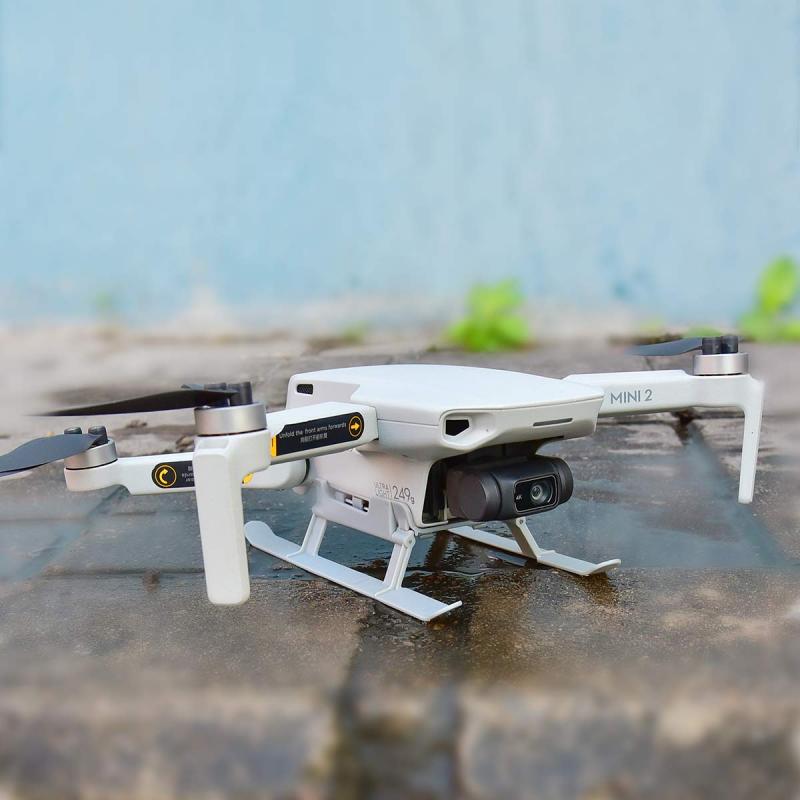

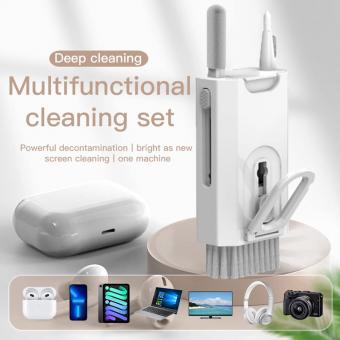
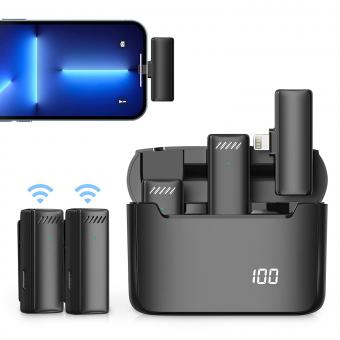

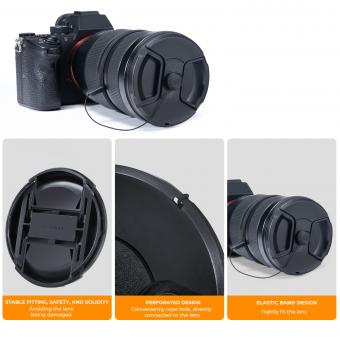



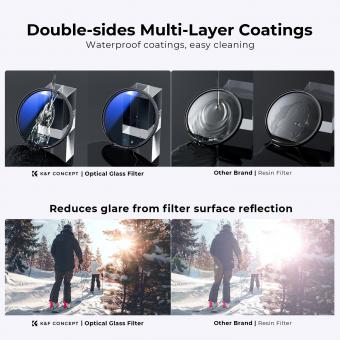
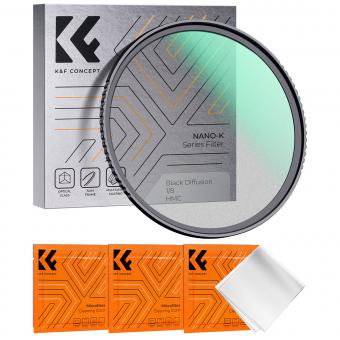



![Supfoto Osmo Action 3 Screen Protector for DJI Osmo Action 3 Accessories, 9H Tempered Glass Film Screen Cover Protector + Lens Protector for DJI Osmo 3 Dual Screen [6pcs] Supfoto Osmo Action 3 Screen Protector for DJI Osmo Action 3 Accessories, 9H Tempered Glass Film Screen Cover Protector + Lens Protector for DJI Osmo 3 Dual Screen [6pcs]](https://img.kentfaith.de/cache/catalog/products/de/GW41.0076/GW41.0076-1-200x200.jpg)
